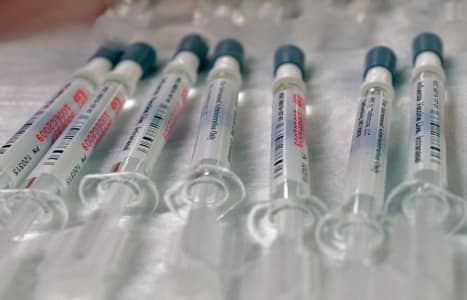
LANGLEY AIR FORCE BASE, Va. -- Intranasal Influenza syringes are spread out here Aug. 26. Everyone is required to have their flu mist and are urged to have them done as soon as possible. (U.S. Air Force photo/Airman 1st Class Jonathan Koob) Photo: U.S. Air Force photo Airman 1st Class Jonathan Koob
'The Vaccine Race' is a history of our fight against viral diseases.
In the book, journalist Meredith Wadman tells the story of a major breakthrough in cell biology that remains important to this today, the use of human rather than animal cells in the development of the vaccines now administered to millions around the world every day.
This approach, using cells derived from a human foetus as an uncontaminated host to grow viruses in so that vaccines could be developed, was controversial in the 1960s when it was developed. Today billions of vaccine doses derived from these original cells are still being used in the fight against diseases like rubella, rabies, and chicken pox.
Meredith Wadman's book 'The Vaccine Race: How Scientists Used Human Cells to Combat Killer Viruses' is published by Viking.

Meredith Wadman Photo: (Johnny Shryock for New American)

